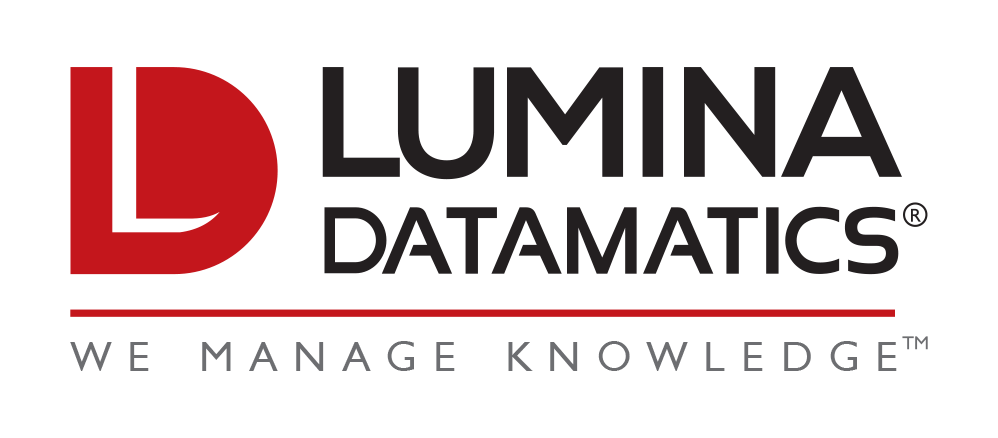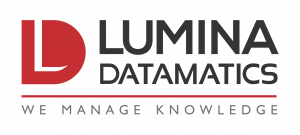With rising unemployment, constantly shifting technologies, and new/emerging markets, many people are considering further education and/or upskilling. And to be fair, there’s quite a variety of options available, everything from certificates to graduate degrees and everything in between. Sometimes it’s hard to tell HOW each of them are different…making it easy to feel overwhelmed, like the proverbial kid in a candy store (or me looking at my puzzle options on Amazon).
So, let’s break it down, shall we?[1]
Certificate
First up, certificates. Certificates are granted by different entities (education and training providers, industry associations, trade associations, labor unions, etc.); they indicate successful completion or attendance of a course (or series of courses) focused on a particular topic, and cannot be revoked (i.e., when you’re done, you’re done). But what does “successful completion” actually mean? Well…it depends. Sometimes there’s an assessment, sometimes it’s like peewee soccer—everyone gets a trophy for completing the season.[2]
So, how long does it take? Here, too, there’s some variability. While certificates generally take less than 2 years to complete, many can be done in a matter of weeks (e.g., completing a course through Coursera).
Note that not all certificates are created equal when it comes to return on investment; a simple online search will pull various lists (such as these, respectively from College Consensus and the U.S. News & World Report) showing which certificates provide the most bang for your buck.
Certification
On to certifications! Certifications (e.g., CompTIA Cybersecurity, Network+, CCNA, PMP, etc.) granted by industry certification bodies are an increasingly popular option for job seekers. To gain a certification, a learner must prove that the necessary competencies and skills have been mastered, as assessed by a third-party, independent competency exam. Yep, there’s a test—this is, in fact, the key difference between certificates and certifications. While both can potentially include an exam at the end of the coursework, the key difference is that a third-party is assessing competency in order to decide whether to grant the certification. Sound confusing? It is.
The time needed to complete a certification is variable, and the certification doesn’t last forever—recertification is a part of the process. Also, unlike certificates, certifications can be removed—for unethical behavior or incompetence (e.g., providing misleading or falsified information). So, stay on the up and up, please, so all that time spent proving you’ve got the chops in a particular area doesn’t end up wasted.
Degree
Ah, the traditional degree. We all know what that is, right? It’s certainly the most easily recognizable of the options in this list. Still, it would be remiss of me not to at least quickly summarize.
Provided by educational institutions, degrees are awarded for completing a particular course of study, whether that’s at a 2- or 4-year institution. A degree can take as long as a learner needs to complete them, and once granted, cannot be revoked (exception: honorary degrees, which for this discussion, don’t count anyway). Depending on the institution and course of study, degrees may be completed by completing (and passing) in a credit hour structure, or in a self-paced model by proving competency, and might be in-person, fully online, or a combination of the two.[3]
License
Next up: Licenses. Licenses are awarded by a government agency (typically state), upon meeting the requirements of a particular occupation. The license essentially indicates that the person holding it has legal permission to do a particular task or role, as proven by meeting state standards for that career. (That is, certain positions cannot be legally held by someone who doesn’t hold the necessary license. This is one of the key differences from certifications.)
You want to be a drone pilot? You need a license. A home inspector? Massage Therapist? Dental hygienist? License, license, license. And keep in mind that a license alone doesn’t necessarily qualify you for a particular career. In many cases, the license is required in addition to a degree or apprenticeship. Like certifications, licenses are time-limited, typically require renewal, and can be revoked for unethical behavior or incompetence.
Stackable Credentials
Now we’re getting into the fun stuff. First up: stackable credentials (also called micro-credentials). These are exactly what they sound like—a sequence of different credentials (which could come in the form of certificates, certifications, and/or badges) that can essentially be layered (or stacked) over time. Stackable credentials can take the place of a traditional degree, or “stack onto” to an existing degree when a learner is looking to pivot into a new field.
Micro-credentials have come a long way since 2008, when Congress authorized nonprofit Digital Promise as the National Center for Research in Advanced Information and Digital Technologies. The nonprofit no longer merely offers its own micro-credentials, instead now providing a platform for 35+ other entities to do the same.
This concept has continued to pick up steam in the last decade in particular (unsurprising as it builds on existing knowledge, thereby promoting the concept of lifelong learning), with numerous higher ed institutions (e.g., WGU) now offering their own micro-credential programs.
There are a couple of major pros to this type of setup—first, the cost. Stackable credentials are typically available at a fraction of the cost of a traditional degree. Another key is flexibility—learners can complete each credential (or set of credentials) as time allows. Busy fall at your workplace? No sweat, take a break until January, when things slow down for a couple of months and you have the time to hammer out a few credentials.
Credegree
Finally, we get to look into the future a bit, at the “credegree.” A newly coined term from Kaplan’s Brandon Busteed, President of University Partners and Global Head of Learn-Work Innovation and regular contributor to Forbes, the “credegree” combines a traditional Bachelor’s Degree with an industry-recognized skill or credential. (See this infographic for a quick overview.)
Busteed hypothesizes that under the credegree model, students would select not just a major, but also an industry-recognized credential—thereby rendering them more employable immediately upon graduation.[4] (Kind of genius, really.) The downside is, of course, that learners will be paying the higher fees that degree programs typically come with. The upside is, again, they’ll be more immediately employable upon graduation, hopefully leading to higher lifetime earnings. The credegree is a new concept, but one that will be interesting to watch in the coming years, as I (strongly) suspect it will quickly pick up steam.[5]
As all of us are aware, each aspiring learner’s journey is a unique one. There is no “one right path” that fits the needs of all. Rather, each learner must choose the educational pathway that is right for them, based on their goals, interests, personal obligations, time available, and income. For my part, I’m happy to see that each year brings new models of learning that better serve students of different ages and life circumstances. A decreasing percentage of students are traditional 18–22-year-olds, and it’s exciting to see the industry expand in ways to meet learners where they are!
Have something to add? We want to hear from you! Email Lumina to share your thoughts. You can also visit our website to learn more about Lumina Datamatics.





0 Comments